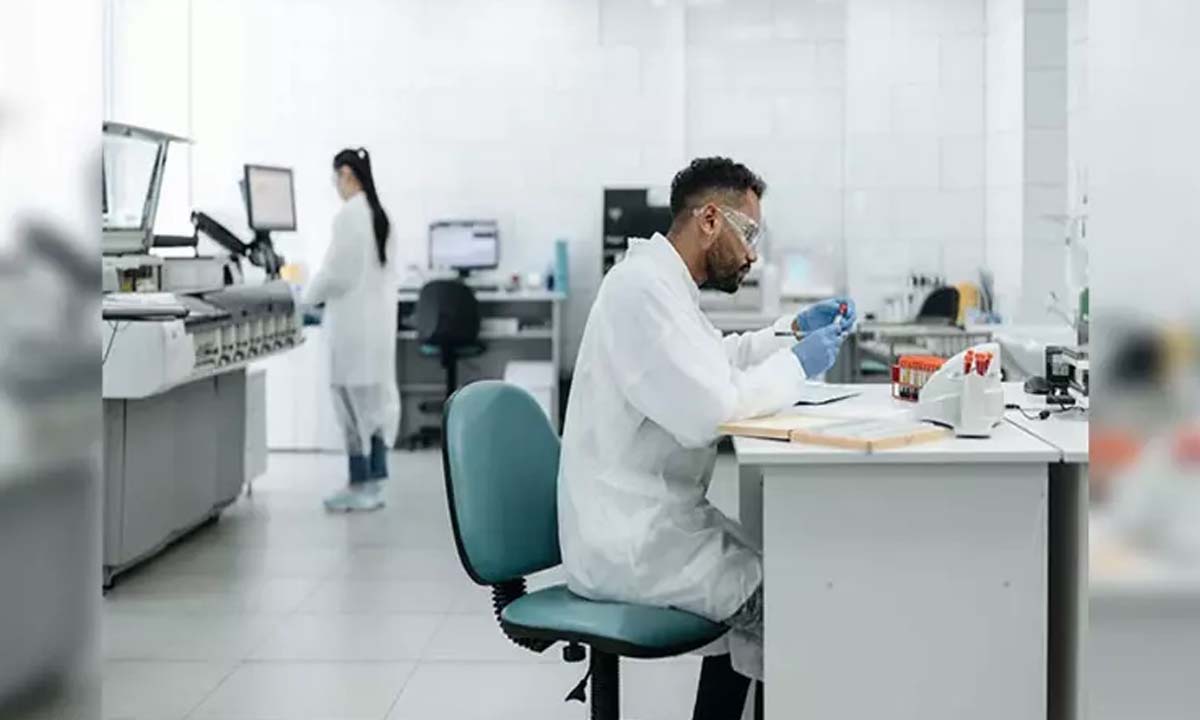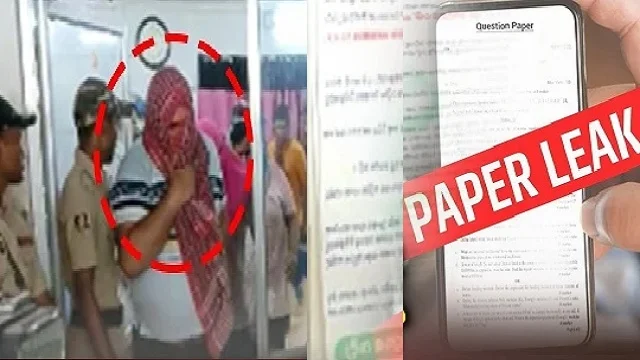
Bloomington (Indiana): Researchers at Indiana University have discovered a previously unknown technique by which infection enters a cell with physical force, bypassing the body’s immunological defenses that prevent infection, like a burglar in a house. Breaks the window to enter.
The work, published in the journal Proceedings of the National Academy of Sciences, introduces a potential game-changer in the fight against intracellular pathogens responsible for devastating infectious diseases such as tuberculosis, malaria and chlamydia. These diseases are extremely difficult to treat because the pathogens remain safe inside the host cells.
“Using the parasite toxoplasma
Ma as our representative pathogen, our work shows that some intracellular pathogens can apply physical force during entry into host cells, which then allows the pathogens to escape degradation and survive intracellularly,” said the study’s lead author Yan Yu, professor in the College of Arts and Sciences chemistry department at IU Bloomington.
“This work suggests that targeting the mobility of pathogens could be a new way to tackle infections inside cells.”
Normally, when an invading pathogen encounters a phagocyte – a type of white blood cell responsible for destroying bacteria, viruses and other types of foreign particles – it is captured by the phagocyte and swallowed. is taken. For pathogens to survive this process, it is generally thought that those pathogens must release a “secret arsenal” to “paralyze” the destructive machinery in the cell.
However, Yu’s study shows that this common belief is not true. He and his colleagues have found that pathogens can avoid entering the immune cell by exerting a “propulsive force.” With this forced entry, pathogens are translocated into the vacuole which does not have the ability to break down these intruders. Vacuole is a reserve structure within a cell for storage and digestion.
“Using the parasitic Toxoplasma as our representative pathogen, our work shows that some intracellular pathogens can apply physical force during entry into host cells, which then allows the pathogens to escape degradation and survive intracellularly. “allows,” said study lead author Yan Yu, professor in the chemistry department of the College of Arts and Sciences at IU Bloomington. “This work suggests that targeting the mobility of pathogens could be a new way to tackle infections inside cells.”
Normally, when an invading pathogen encounters a phagocyte – a type of white blood cell responsible for destroying bacteria, viruses and other types of foreign particles – it is captured by the phagocyte and swallowed. is taken. For pathogens to survive this process, it is generally thought that those pathogens must release a “secret arsenal” to “paralyze” the destructive machinery in the cell.
However, Yu’s study shows that this common belief is not true. He and his colleagues have found that pathogens can avoid entering the immune cell by exerting a “propulsive force.” With this forced entry, pathogens are translocated into the vacuole which does not have the ability to break down these intruders. Vacuole is a reserve structure within a cell for storage and digestion.
To conduct the research, Yu and colleagues introduced the disease-causing parasite Toxoplasma into mouse-derived cells, and observed their behavior through a fluorescence microscope.
These living parasites force their way into immune cells and proliferate. The biggest challenge then was to determine whether the surviving parasite evaded immune defense with unknown chemical substances, or simply through force. To tackle this question, Yu and his team took an inventive approach: They created inactive parasites that can’t exert force or produce chemicals.
Unlike living parasites, these “zombie” parasites rapidly perished in the cell. The researchers then used magnetic tweezers to push the inactive parasite into the immune cell to mimic the forceful entry seen in live Toxoplasma. The dormant parasite, now subject to simulated forced entry, survived the fall, similar to its living counterpart. This suggests that the force of entry, not the chemicals, explains the survival of the pathogen, Yu said.
To manipulate the parasite’s movement in the second experiment, the researchers had to develop a “tweezer system” with magnetic nanoparticles. He also collaborated with a team at the University of Tennessee to develop computational models to simulate the behavior.
















